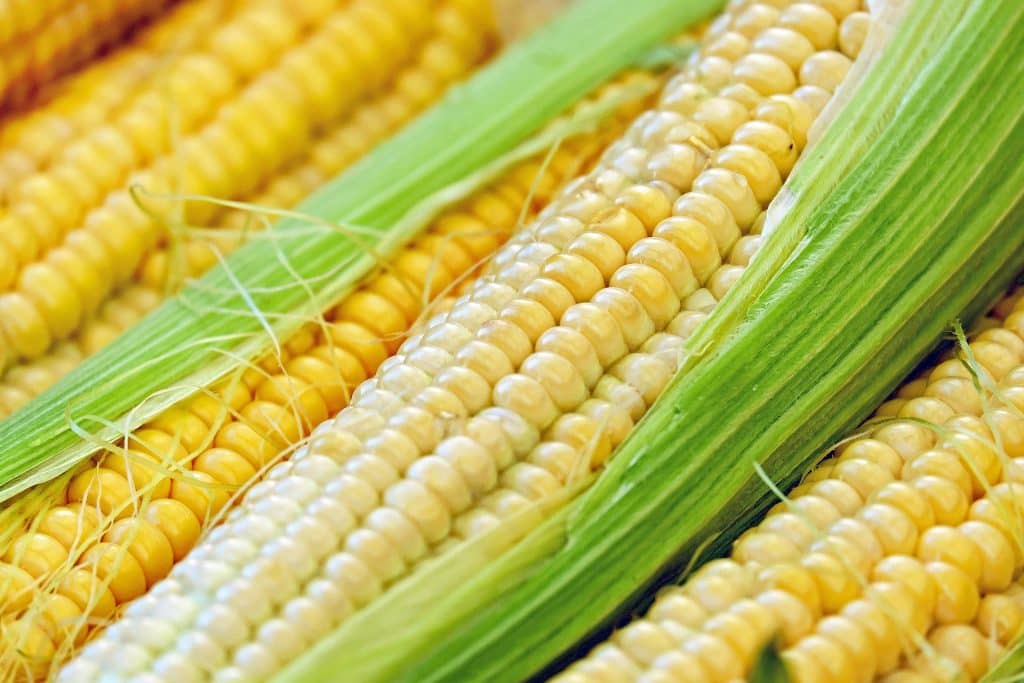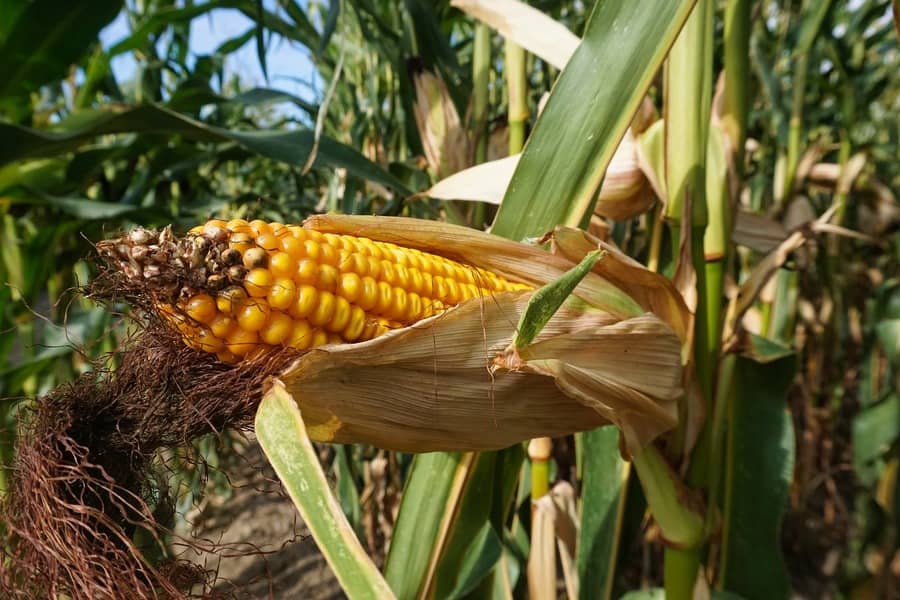Porto Alegre, April 8th, 2025 – Many variables are placed on the commodities markets in the global environment. China’s decisions have undoubtedly had a greater impact on markets than the initial US decision, especially in markets where it is a major importer, such as soybeans, meat, and minerals. For corn, the effects may be indirect, that is, on by-products such as DDGs and ethanol, as well as on the loss of market share for meat in China. Some of these variables may be converted to purchases from other sources, such as South America and the Black Sea, for example, as long as there is supply. Another impact that must be assessed, and there is still time, is the planting decision of US growers.
Several aspects involve US tariffs at a global level. Some points have more delicate effects, while others have discreet convergence on markets. The 67% tax on Chinese products by the United States led to a retaliatory 34% tax on US products. Naturally, US agribusiness is one of the sectors most affected by the tariffs and repeats the concern of 2018, when the United States received a 25% retaliation on soybean prices.
In this environment, some points should be considered relevant at this time:
– New negotiations or new tariffs may arise from Chinese retaliation. If more countries follow the Chinese version, the global trade scenario could become chaotic;
– The decision to tax US products at 34% shows China’s aversion to giving in by opening its market to third-party products. Following the tariff, China imposed trade blockades on 16 US companies in the importation environment;
– China’s decision generalized the measure, therefore, the sectoral discussion may enter negotiation from now on. For example, could agribusiness products be exempt from the new taxation, such as meat and grains? By the day the tariffs are implemented, the market will have a more realistic view of the situation, but it does not appear that the United States will respond without reciprocity;
– Initially, if the tax really affects soybeans, at 34%, it will become unviable for China, and this demand will shift to South America. Prices on the CBOT fell over the week, but still slightly considering the size of the problem. Soybeans could have easily reached the limit down and lost the low of the May contract at USD 9.60 a bushel, but it still seems hard to accept that this Chinese tax will remain;
– The psychological impact on US growers, however, seems to have been felt. USDA released its planting intention report on March 31, confirming the increase in corn area to 95.3 mln acres and the reduction in soybean area to 83.5 mln acres. Nothing new for the market given the context. However, this survey was conducted with growers before the decisions on tariffs;
– Could the containment of soybean price lows be linked to the variable “greater decline in acreage”? This is possible, as in 2019 the area planted with soybeans fell from 89 to 77 mln acres.
In 2025, the forecast is for a cut from 87.1 to 83.5 mln acres. There would be room to further boost the corn area in this 2025 season;
– Corn has been discreetly affected by tariffs. This is because China has not bought US corn for at least four years and only occasionally absorbed some volume of US DDGs. Therefore, if there is any influence on corn, it will occur due to other Asian destinations, such as Vietnam, South Korea, and also Europe. Even without retaliation, these markets may shift their trade to South America and reduce purchases from the United States;
– Canada and Mexico were spared from new tariffs and are the main participants in the purchases of US corn, ethanol, and DDG. Therefore, the impact on the corn market is modest at this time and will still depend on more evident actions by global importers regarding US corn;
– An indirect impact may occur in the meat sector. The United States sells 20 thousand tons/month of beef and the same average volume of pork to China. This loss of the Chinese market could imply, perhaps, an adjustment in the sector’s production and another in the demand for US corn. On the other hand, demand would converge toward European and Brazilian meat. Naturally, at first the decline in prices in the United States could help to control inflation.
Therefore, there are many variables to be analyzed in times of radical changes in global trade. Corn may have been one of the products least directly affected but it suffers indirect repercussions. For now, US corn exports have maintained the excellent pace of weekly sales of over 1 mln tons. Now, accumulated sales are at 54.2 mln tons, compared to the USDA’s projection for the year of 62.2 mln. There are 20 weeks left until the end of the current business year, and with 1 mln tons a week, the USDA’s forecast should be easily exceeded.
In May, USDA will release its first supply and demand report for the 25/26 business year, referring to the 2025 US crop. This scenario tends to be bearish for the new crop, at least for the December contract. Starting on the 20th, planting will begin, and the weather forecast is for normal rainfall across the Midwest, which is favorable for advancing planting within the local window.
Argentina is speeding up its harvest, having reached nearly 22% and with normal progress in sales. There is a natural possibility that global demand for Argentine corn will increase, even to the point of restricting US exports. Brazil is still excluded from sales, and demand should converge toward Argentina in the next 90 days.
Safras News








